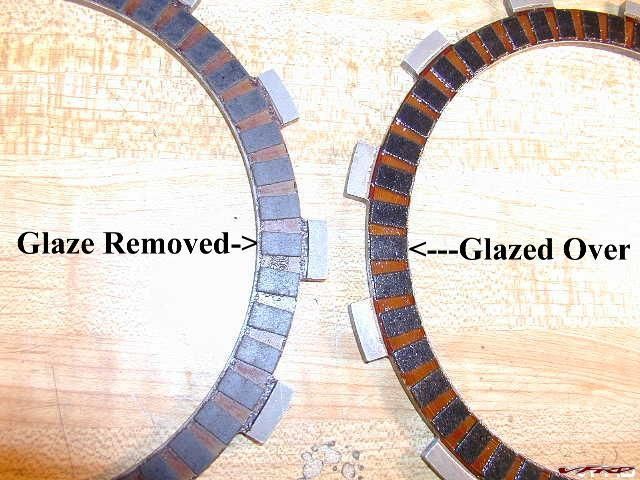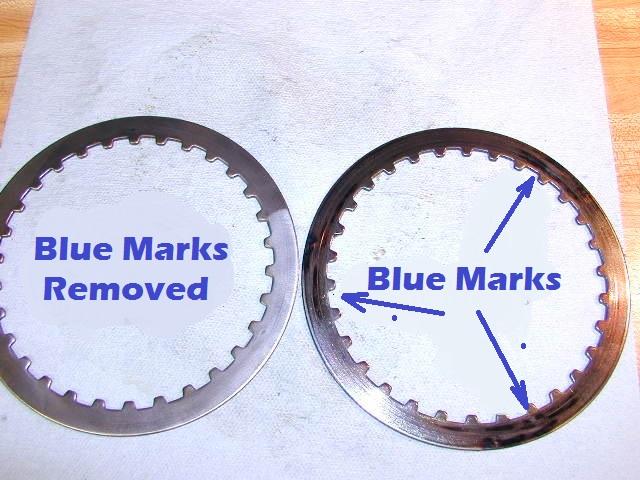When you suspect that the oil was not the culprit a savoy owner would invest in some good old sweat equity...
Under scrutiny you may find that your clutch problems are due to normal glazing and contaminates...
Deglazing clutch plates...
Inspect the friction plates for glazing... make sure you have plenty
of material to work with... your shop manual states clutch thickness
in thousands of an inch or mm...
First removed the contaminants with Acetone... pick a hard surface to lay
over a 600 grit black dry emery paper... rotate the clutch plate in a
circle... you're just busting the glaze... don't get carried away
remove too much material... You should end up with a friction plate
looks dull like a new one as opposed to a shinny glazed one... recheck
thickness...
Next check the pressure plates for bluing caused by localized heat...
make sure they are not warped... consult the manual for a thickness
range... now removed the contaminants with Acetone and wire wheeled
them to erased the blue and also to generally scuff up the surface...
you should end up with a dull surface free of Blue marks...


